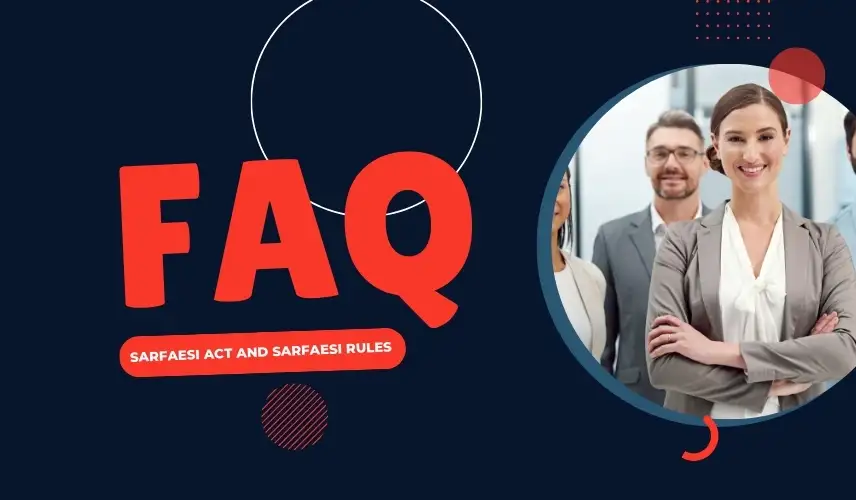
FAQ About Borrower’s Representation/ Objection Against Section 13(2) Notice
Categories
Related FAQs
-

FAQ About Essential Pre- Conditios for Taking Sarfaesi Action
Know more about frequently asked questions [...]
-

FAQ About Demand Notice Under Section 13(2) of Sarfaesi Act, 2002
Know more about frequently asked questions [...]
-

FAQ About Borrower’s Representation/ Objection Against Section 13(2) Notice
Know more about frequently asked questions [...]
-

FAQ About Non-performing Assets
Know more about frequently asked questions [...]
-

FAQ About Assignment of Loan Account to Asset Reconstruction Company
Know more about frequently asked questions [...]
-

FAQ About Possession of Immovable Property
Know more about frequently asked questions [...]
-

FAQ About Sale of Immovable Property Under Sarfaesi Act, 2002
Know more about frequently asked questions [...]
-

FAQ About Redemption
Know more about frequently asked questions [...]
-

FAQ About Possession and Sale of Movable Properties
Know more about frequently asked questions [...]
-

FAQ About Application to Debts Recovery Tribunal Under Section 17 of the Sarfaesi Act, 2002
Know more about frequently asked questions [...]
-

FAQ About Appeals to Debts Recovery Appellate Tribunal Including About Pre-deposit
Know more about frequently asked questions [...]
-

FAQ About Taking Possession With the Help of District Magistrate/Chief Metropolitan Magistrate Under Section 14 of the Sarfaesi Act, 2002
Know more about frequently asked questions [...]
-

FAQ About Eviction of Tenants Under Sarfaesi Act, 2002
Know more about frequently asked questions [...]
-

FAQ About Powers of Debts Recovery Tribunal
Know more about frequently asked questions [...]
-

FAQ About Powers of Debts Recovery Appellate Tribunal
Know more about frequently asked questions [...]
-

FAQ About Registration of Security Interest, That is Mortgage/hypothecation
Know more about frequently asked questions [...]
-

FAQ About Assets for Which Sarfaesi Action Can Not Be Taken Including Agricultural Land
Know more about frequently asked questions [...]
-

FAQ About Taking Over of Management
Know more about frequently asked questions [...]
-

FAQ About Misc. Provisions of Sarfaesi Act, 2002
Know more about frequently asked questions [...]
